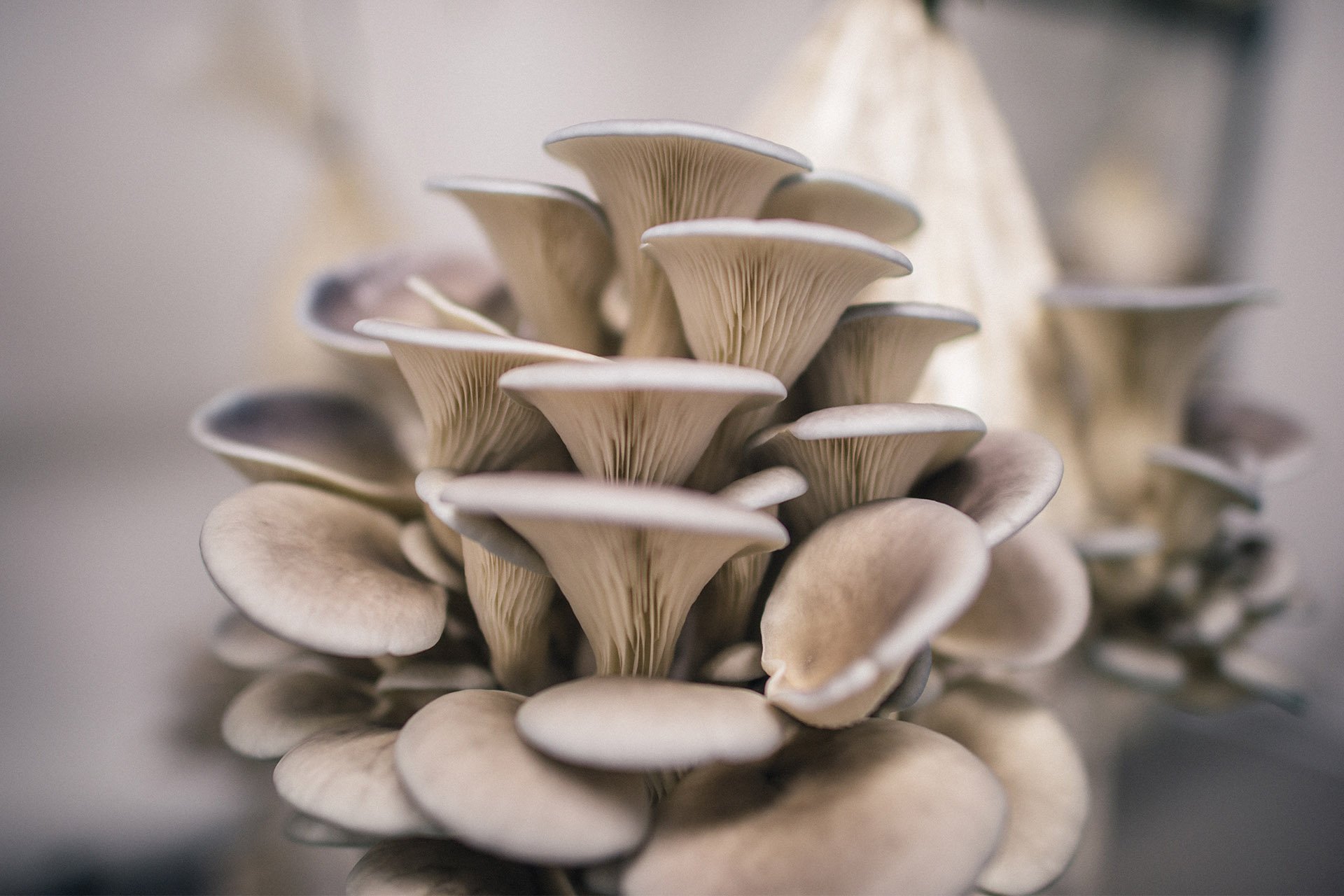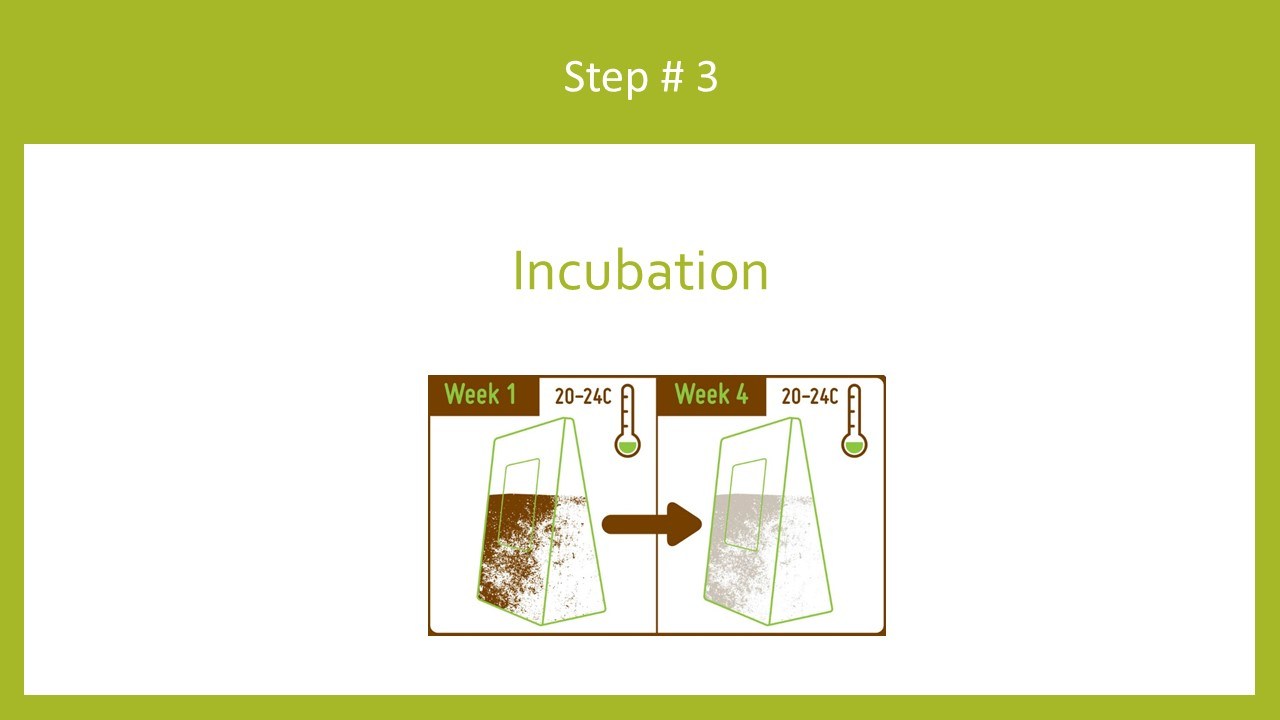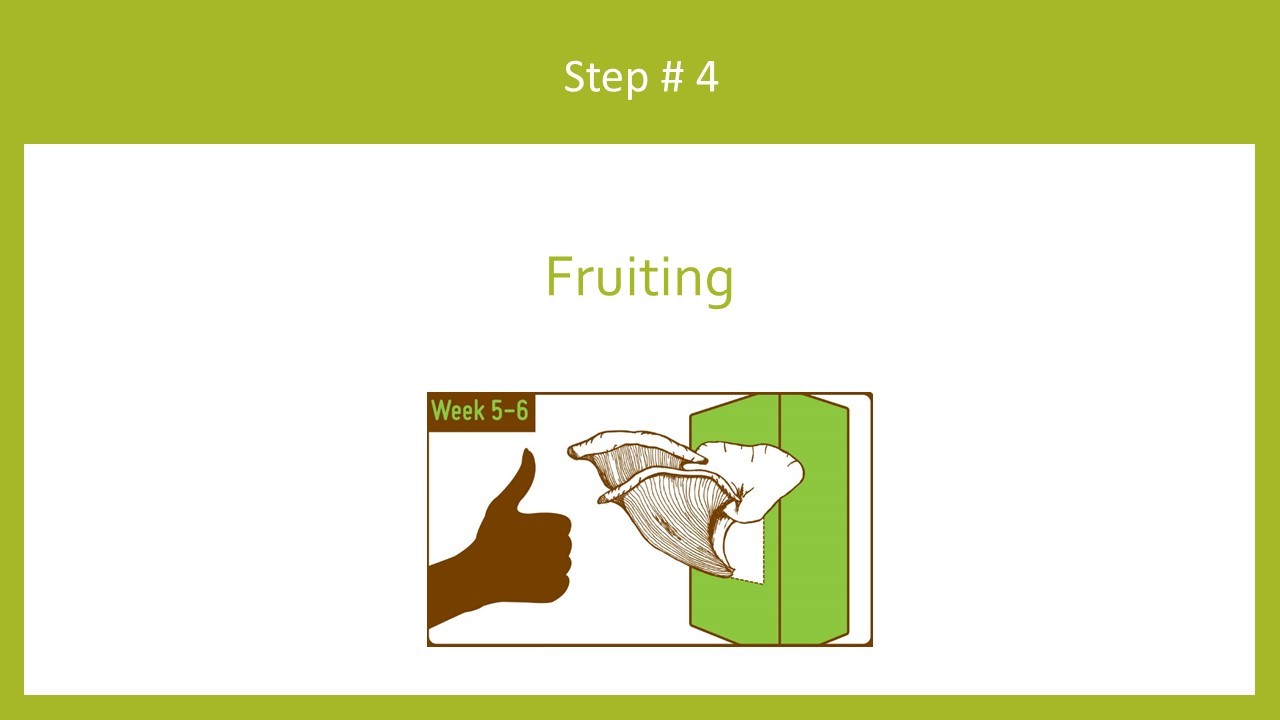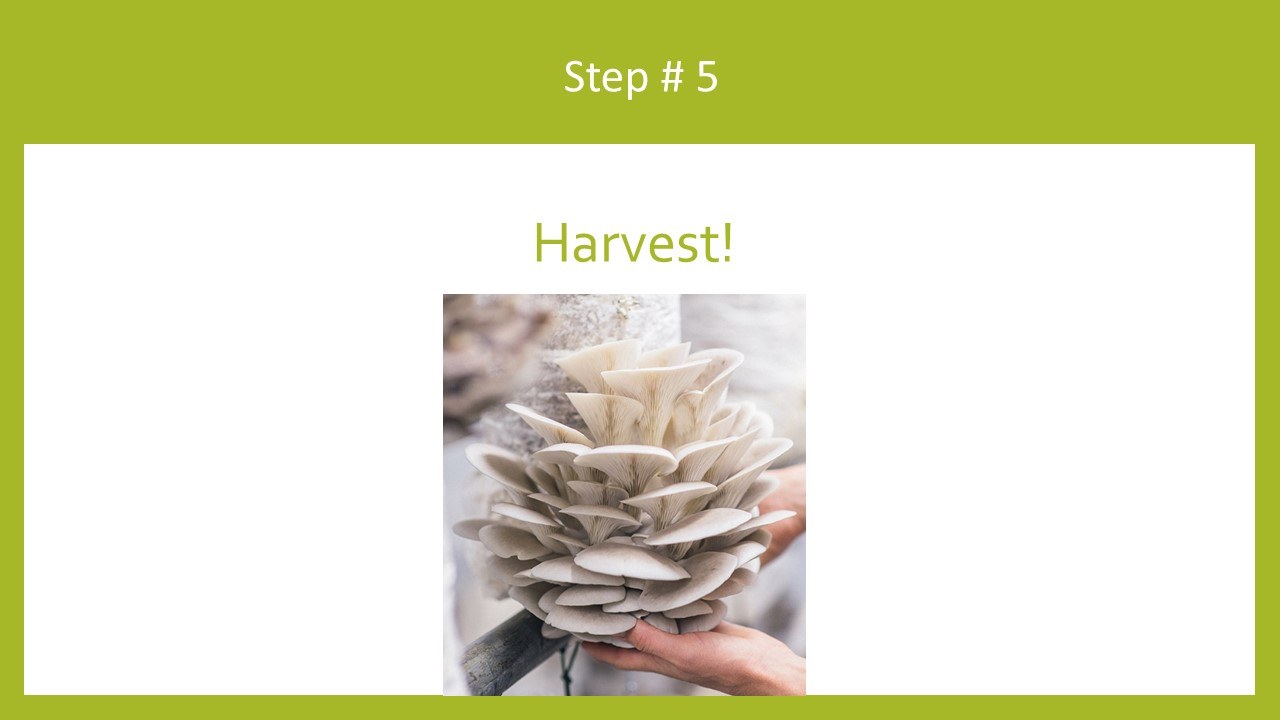Growing Mushrooms In Coffee Grounds
The wonderful thing about mushrooms is that they are born to recycle.
It’s what they do in nature all the time.
When a tree falls in a forest, it’s mushrooms that often break down the complex molecules in the wood and recycle them back into the food chain for bacteria, insects and other fungi to return to the soil.
Mushrooms play a crucial role in the cycling of nutrients and their ability to do this makes them perfect for recycling a wide range of organic waste streams.
Oyster Mushrooms in particular are extremely versatile and have been shown to grow on more than 200 different agricultural waste materials.
Why Grow Mushrooms On Coffee Waste?
When a cup of coffee is made, less than 1% of the coffee biomass actually ends up in the cup.
Of course, a cup of coffee is a truly wonderful thing. But the problem is that the other 99% of the biomass of the coffee bean is wasted.
Gunter Pauli from the Blue Economy had been promoting the idea too as a great example of a circular economy business model.
We were really inspired by the prospect of growing our mushrooms on this widespread waste material so we switched our whole production to growing on coffee grounds.
Since 2011 we’ve recycled more than 75,000 kg. of coffee grounds and turned them into more than 20 tonnes of mushrooms.
These days our farm is based in the Devon countryside, but we are still focussed on low tech, simple ways to grow mushrooms on coffee and other already pasteurised materials like sawdust pellets.
Benefits Of Growing Mushrooms On Coffee Waste
1) No need to sterilise substrate:
Normally when growing mushrooms you need to first pasteurise the straw or sterilise the sawdust.
The most common way to pasteurise is using hot water or steam, which is either messy on a small scale or costly and energy intensive on a larger scale.
The beauty of growing on coffee waste is that the grounds are already pasteurised by the brewing process; meaning you can completely cut out this energy intensive and costly step.
2) Simple to get started:
Not needing to sterilise your growing substrate also means that it can be really simple to get started and you don’t need loads of big expensive equipment.
3) Easy to source substrate:
The waste grounds are very often just thrown in the bin, and you’ll find most cafes very happy to give you their grounds if you just provide them with a bucket and arrange a collection time.
4) Local food:
Although most of the world’s food is consumed in cities, virtually none of it is grown there. Mushrooms are one crop ideally suited to urban agriculture, where both the waste and demand are highest. They can be grown in empty spaces and add to urban food security.
5) Sustainable protein:
Meat is the world’s main source of protein; however, its production depends on huge amounts of scarce resources such as land, energy and water.
Oyster mushrooms are high in protein and require relatively small amounts of these resources, providing a low-impact alternative protein and nutrient rich alternative.
How To Grow Mushrooms In Coffee Grounds
Step 1: Collect Coffee Grounds
Leave a bucket/bin with your local café and collect the next day.
Use it for growing mushrooms whilst still fresh (within 24 hours of brewing).
Espresso grounds are best, filter or cafetière coffee is often too wet.
Step 2: Inoculate coffee grounds with Oyster mushroom spawn
Weigh your coffee grounds:
1) Oyster mushroom spawn (10% of coffee weight)
2) Pasteurised straw or hydrated sawdust pellets (20% of coffee weight)
Mix together well and place into growing bags.
Summary Instructions
Clean work surface & mixing container
Weigh out all materials before mixing
Mix thoroughly, breaking up and pucks of coffee as you go
Fill grow bags & seal
Incubate in warm (20-24C) dark space for 2-3 weeks
Cut holes & place bags in autumn-like conditions (humid, fresh air)
Harvest mushrooms 1-2 weeks later.
Note: Adding straw is not vital if you grow in small quantities of 1kg substrate bags or less.
For 1kg substrate or more you will often find that the coffee grounds become too compacted.
This happens because the coffee ground particle size is very small. This means the substrate can become too dense and compact, creating poor air exchange for the mushroom spawn.
Adding straw or hydrated sawdust pellets breaks up the density of the coffee grounds and creates better air exchange in the substrate.
Step 3: Incubate growing bags for 2-3 weeks
Leave your grow bags in a warm (20-24C) and dark place
Check every few days to see the white mycelium starting to grow across the coffee
After 2-3 weeks your bags should be fully colonised and bright whiteStep 4: Place in fruiting conditions
Cut 2-5cm hole in your grow bag
Place in a shaded spot with some indirect light (Oyster mushrooms need some light to grow properly)
Spray with water each day
Mushrooms will begin to start growing in around 5-10 days
Keep spraying regularly for another 5-7 days as they double in size each dayStep 5: Harvest!
When the top of the caps begin to flatten out it’s time for harvest
Twist the cluster off of cut with a knife
Cook them up and enjoy the satisfaction of eating mushrooms grown from coffee waste (no, they don’t taste of coffee!)
After 2 days, submerge your bag in water overnight to rehydrate the substrate
Then spray daily to encourage the 2nd crop to grow
The # 1 Mistake to avoid when growing mushrooms on coffee waste
The biggest mistake you can make is to use coffee which is too old and already has other organisms like mould starting to grow on it "only use fresh coffee grounds less than 24 hours since brewing".
Growing mushrooms is all about providing the mycelium with the best chance to win an extremely competitive race with competing moulds.
If you’re not already aware, Mycelium is a white root-like network, and is the main part of the organism from which mushrooms grow.
This mycelium grows throughout the substrate (the food source) and must completely colonise it before it is able to grow mushrooms.
Traditional mushroom growers sterilise or pasteurise the material they’re growing on before they add the mushroom spawn.
This is usually done by steaming the substrate which is both energy intensive and costly.
The beauty of growing on coffee grounds is that the brewing process pasteurises the grounds for us.
The coffee does not stay like this for long though.
Growing mushrooms in coffee grounds just makes so much sense.
You make use of a plentiful waste resource which is still packed full of nutrients and turn it into delicious healthy Oyster mushrooms instead.
At the end of the growing cycle you can return the now composted grounds to enrich your soil and complete the circle.
Source : https://grocycle.com/growing-mushrooms-in-coffee-grounds/






0 Comments